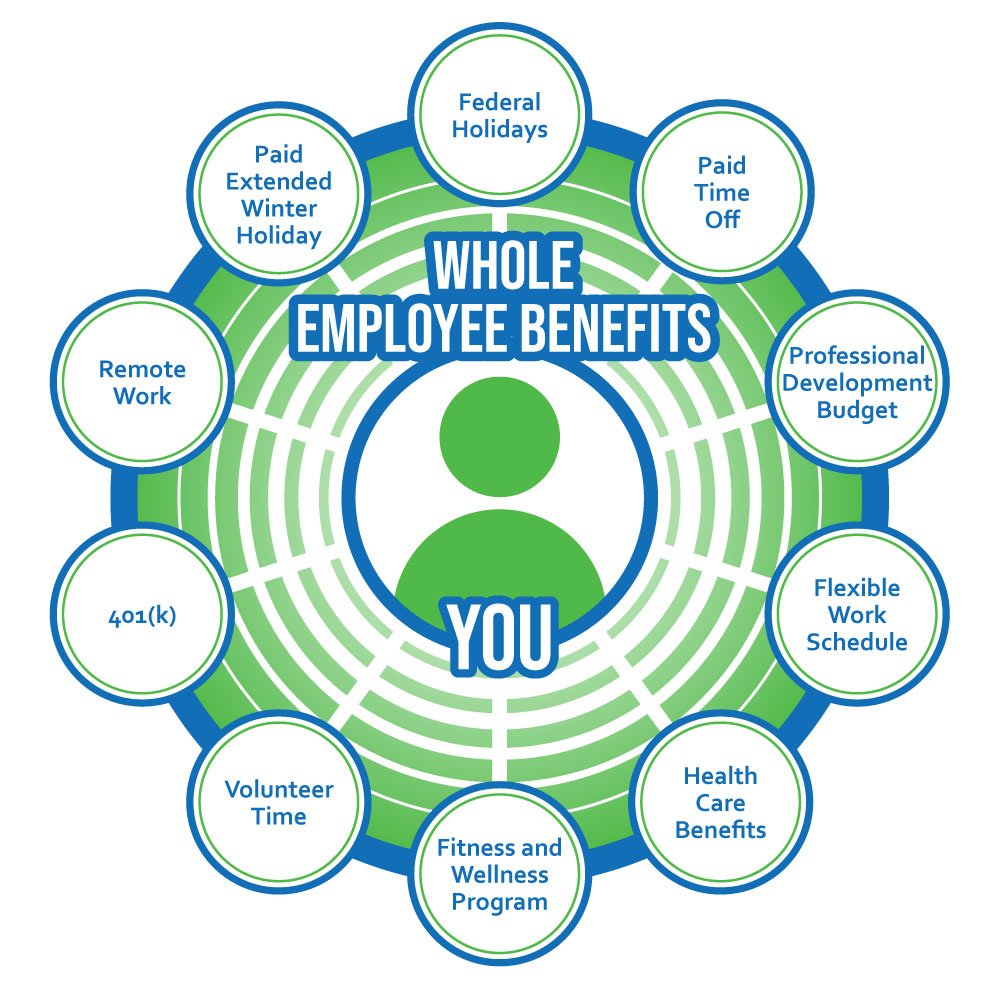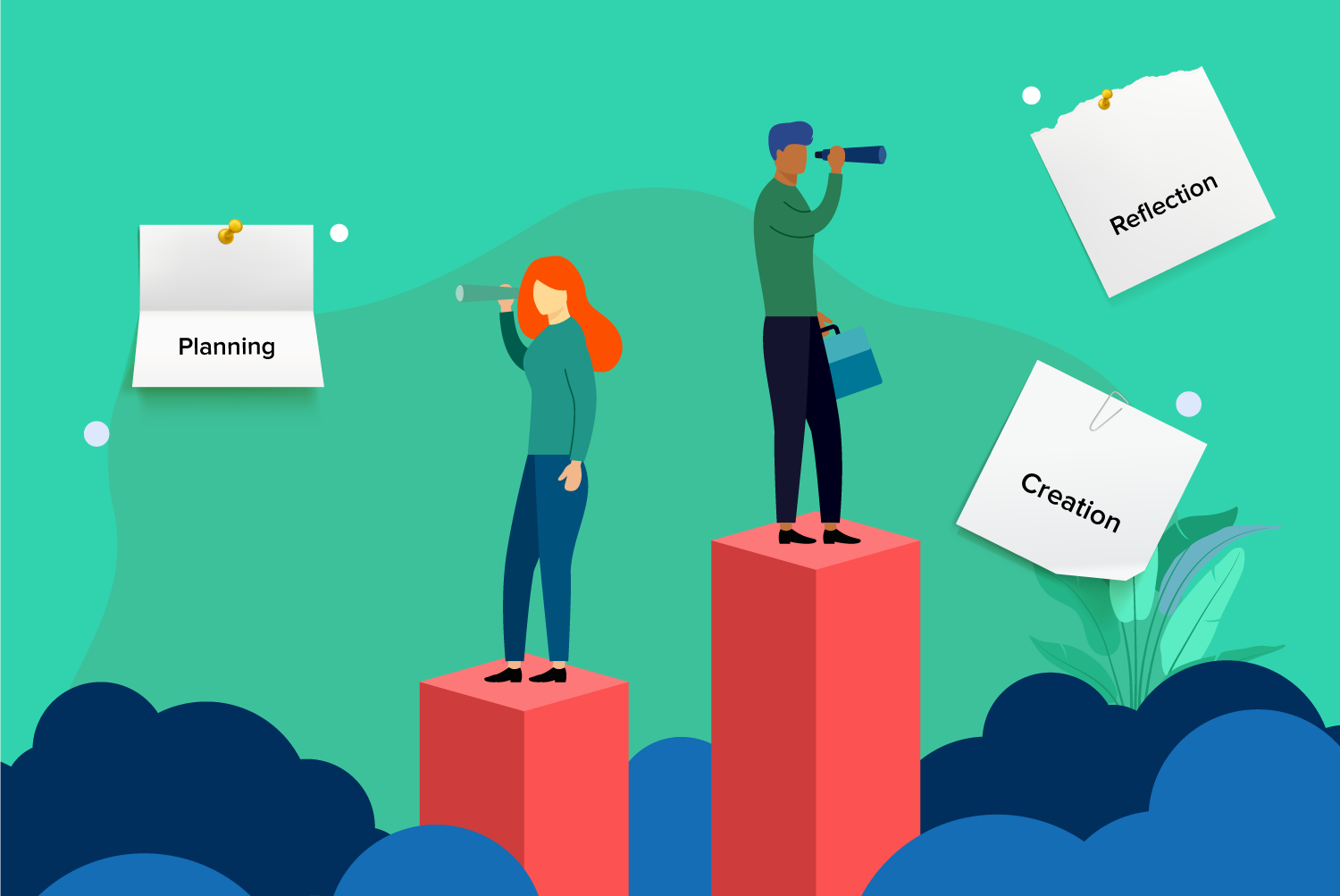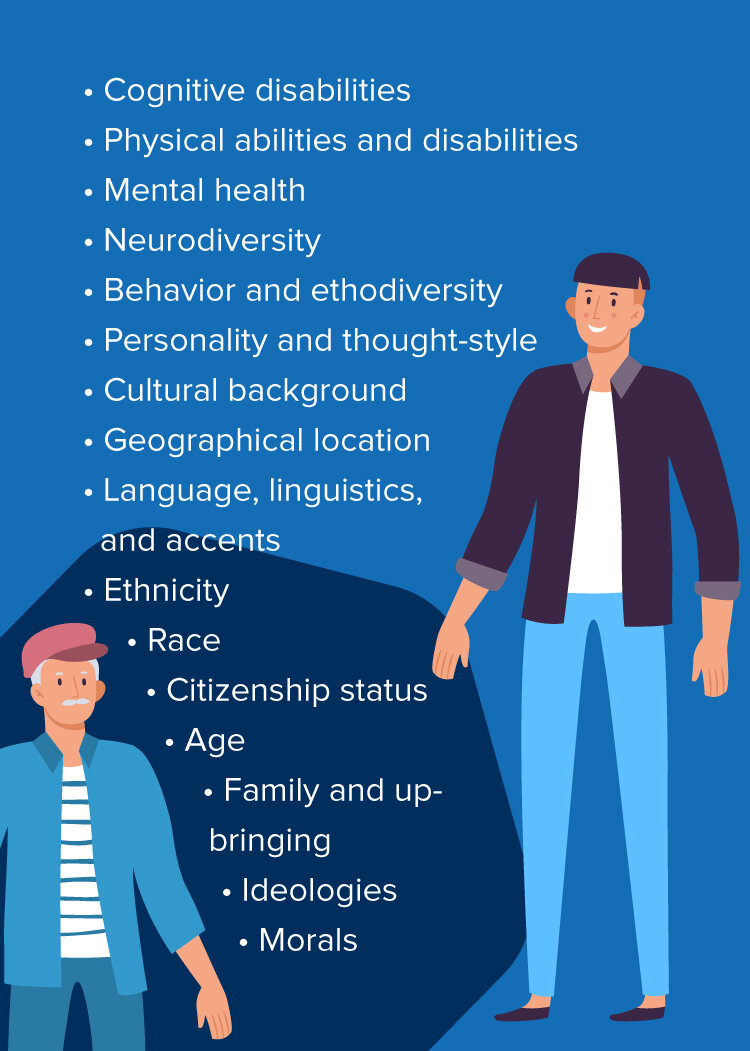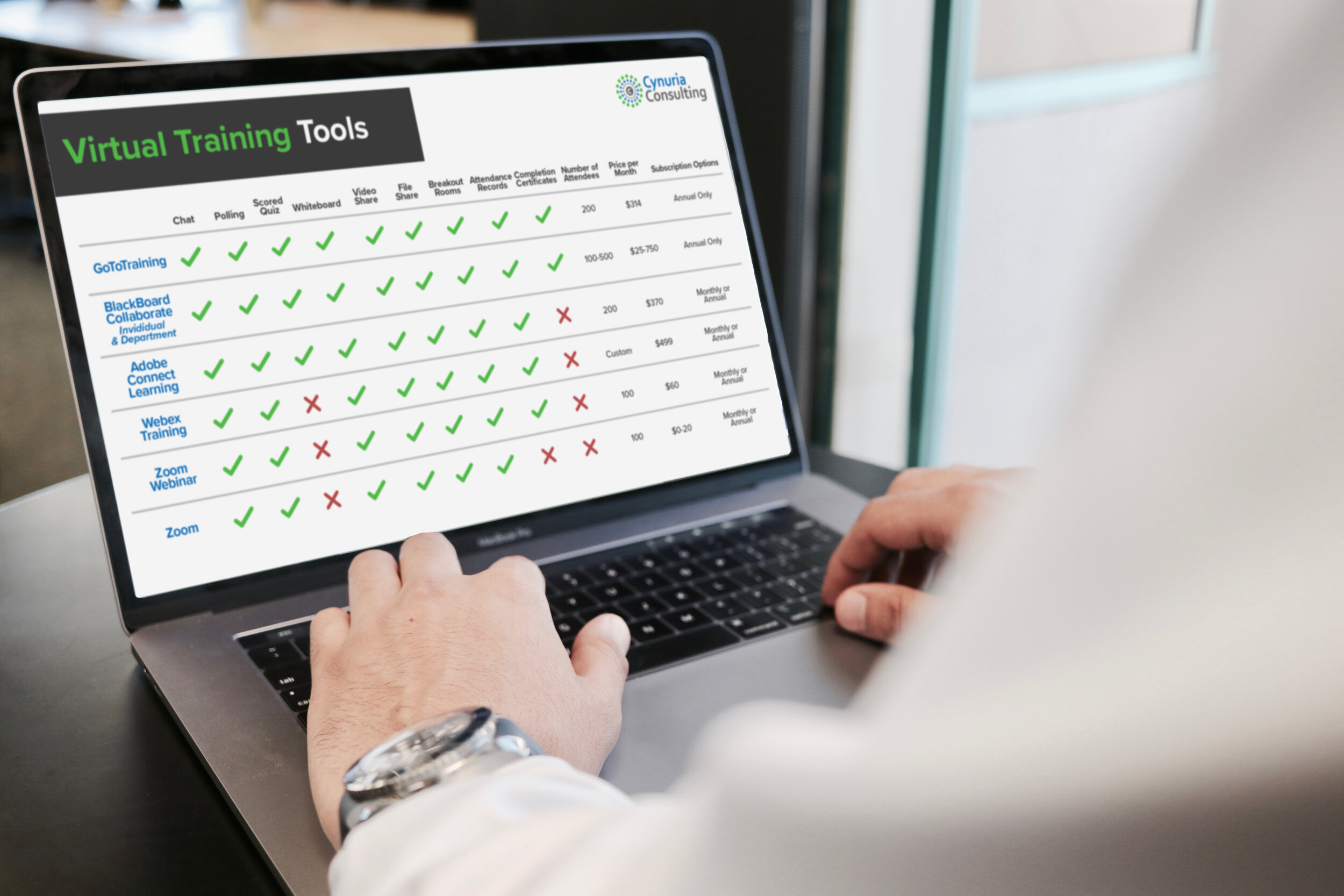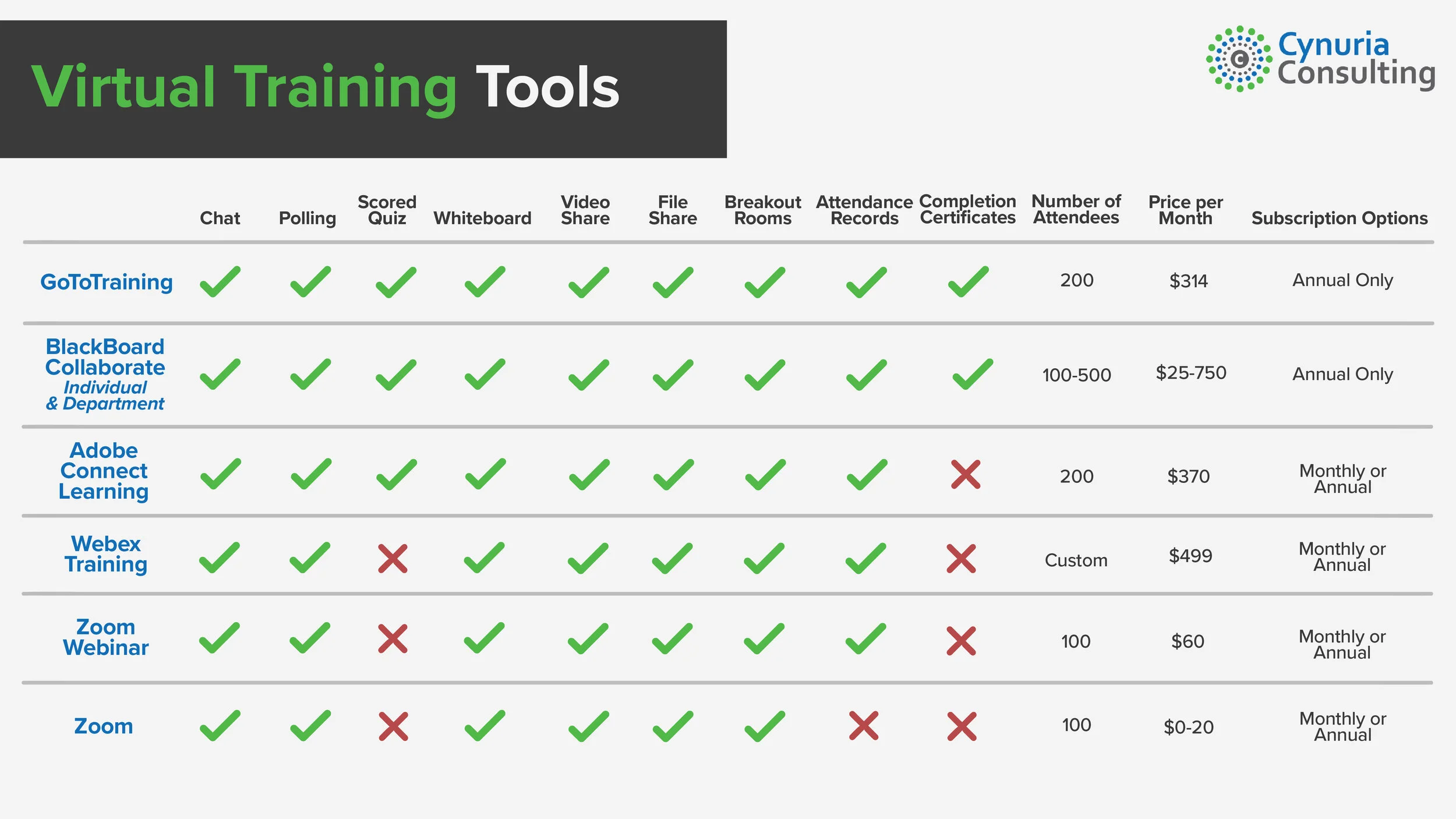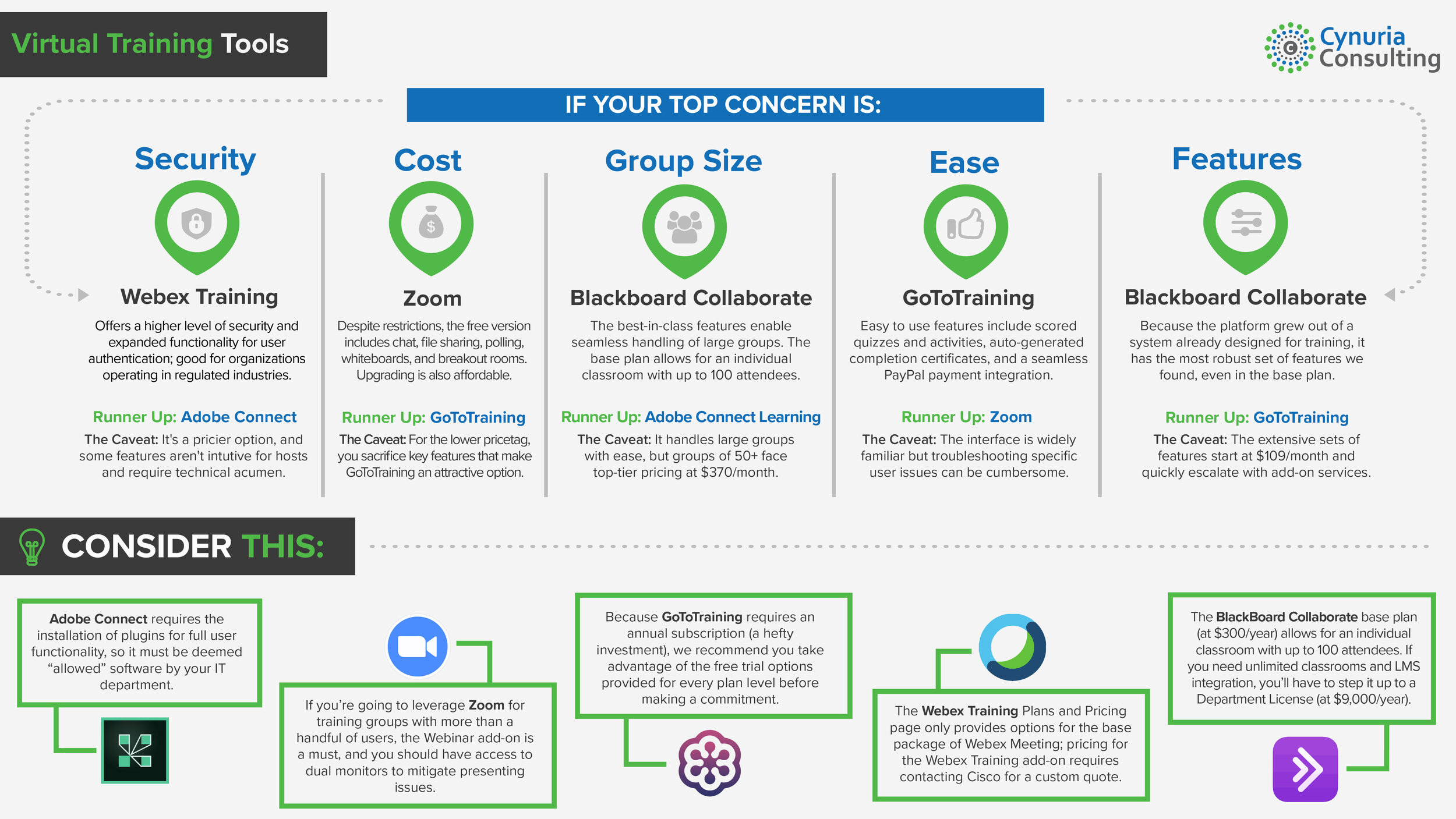Succession planning efforts must include a knowledge management process that will safeguard business continuity.
Just when some organizations thought they may have a handle on the impacts of COVID-19, others have begun to recognize deeper problems recently emerging. A 2020 CESifo research paper predicted that a significant portion of the recent reduction in the workforce may not be a direct result of temporary or permanent layoffs but may instead be due to a rising number of individuals taking voluntary early retirement.
That could spell disaster for organizations already struggling to adjust financial projections and adapt to operating in a virtual or hybrid environment. Without an effective succession planning strategy, those organizations also will find themselves woefully unprepared for the shortage of a key resource: knowledge.
A dearth of planning
According to the Association for Talent Development research report Succession Planning: Ensuring Continued Excellence, a shocking number of organizations—65 percent—don't undertake formalized succession planning efforts at all, ignoring the significant link between management and leadership positions and the kind of deep knowledge of business practices that comes with years of experience. Often such knowledge resides solely with those who have been around long enough to have witnessed the evolution of the business firsthand.
When a company moves a knowledge holder out of the organization, it typically tries to facilitate a transfer of (at least) the most critical knowledge to the incumbent. However, when a knowledge holder initiates the transition, as in the case of voluntary early retirement—and in the face of existing disruptions due to the pandemic—many businesses realize they've already missed the window to transfer sufficient knowledge in any meaningful way.
The unfortunate truth is that most organizations simply don't know how to implement succession planning and knowledge management effectively. Any attempts at either one are often foggy initiatives that usually fall somewhere within HR's purview, frequently lacking a well-defined strategy or identified business champion. And because the process often lacks transparency and objective criteria, the selection of potential future leaders is far too dependent on office politics and a few top decision makers' subjective opinions.
Reasons for alarm
Although many organizations have struggled to implement such plans in the past, increasing voluntary early retirement numbers combined with persistent COVID-19 conditions make this need an urgent priority.
Given the pandemic-related volatility across most companies, it's not terribly surprising that leaders may now choose to hang up their briefcases in favor of retirement. And a significant workforce reduction for those nearing, at, or over retirement age will leave organizations to fill numerous leadership positions with qualified individuals fully prepared to take on the responsibilities of those roles.
That's why it's vital that businesses implement effective succession planning and knowledge management strategies sooner rather than later. With greater focus than ever before on wider contingency planning needs, employers may be more motivated to finally engage in these efforts in a meaningful way. However, a major problem remains: Most don't know where to start.
Acknowledging the barriers
Lack of effective succession planning, at its core, represents a serious deficit in organizational culture. To truly understand the barriers to it, you must dig deeper than surface-level issues of lack of executive motivation and limited focus on long-term priorities.
Leaders who don't see the value in or prioritize the time for succession planning fail to foster a culture of growth and development. Even in companies with a vast array of traditional training tools and competency maps in place, employees interested in advancing into leadership roles may encounter obstacles inherent to the organizational culture. They include a lack of mentoring and coaching opportunities, visibility (especially in an increasingly virtual environment), and political capital.
Absence of mentoring and coaching opportunities. Gallup research shows that the most adaptable employees who consistently perform at a high level are also among the most vulnerable to becoming burned out and overworked. Clear paths for advancement can provide sustained motivation to workers who may be the most mission critical. By extending opportunities for mentoring and coaching, companies can mitigate the risk of losing the operationally vital employees best positioned to assume leadership positions in the near future.
Lack of visibility. Proximity bias refers to managers' tendency to equate visibility with high performance. That is often revealed in poorly designed performance review tools that rely heavily on management perceptions instead of objective evaluation standards. While people usually equate those types of biases with a physical office environment, the dynamic still persists in the current virtual landscape. Effective succession planning incorporates objective standards to overcome such inherent biases.
To eliminate proximity bias, ensure equal distribution of invitations to virtual meetings and offer opportunities for staff to participate in cross-functional projects and serve on committees. Those initiatives represent opportunities for visibility and advancement, even in a virtual environment. Moreover, they facilitate the transfer of knowledge and skills. Every team member should have the chance to contribute in a meaningful way.
Office politics. Outside the physical structure of the office, politics may play an even greater role in how the opportunities for visibility, mentoring, and coaching are distributed among employees. Especially within virtual teams, where transparency can be a challenge, the potential for perceived favoritism increases exponentially. For high performers, it can create an inherent conflict between their need to focus on essential tasks and their perceived need to win their superiors' social favor.
Transparency is the greatest weapon in combating the role of office politics. One strategy for achieving transparency is adopting a goal-setting approach whereby employers publish individual employees' goals, making them available to everyone. That practice effectively removes the mystery surrounding selection for various opportunities where one aligns closely with an employee's goals. It also provides objective criteria for making those selections.
Components of effective succession planning and knowledge management
Some companies invest in assessments and methodologies aimed at facilitating the succession planning process, but even those efforts are no guarantee. Many times, executive leadership simply fails to follow through on the results. Worse, they may completely disregard the results in favor of a few top executives' subjective opinions. That doesn't mean the methodologies are without merit, but they rarely account for the human component of succession planning. It is, first and foremost, a people-driven effort, not a process-driven one.
So, what does effective succession planning and knowledge management look like? Numerous components can increase an organization's chances of success in implementing a long-term plan, and those strategies aren't limited to the physical office environment.
Have a champion
Having a sponsor or champion committed to seeing the process through and ensuring it's adopted into the organizational culture is essential. The champion of succession planning efforts should have enough seniority and influence to be effective. For larger organizations, that may be a chief talent development officer or vice president of HR. For smaller companies, it may fall to the operations team. Ultimately, avoid placing this responsibility within an area of the business that some people may perceive as having competing interests with other areas. It's important for employees to view succession planning as a neutral effort.
Regardless of where the individual sits, the champion must drive transparency of the process and work to continuously socialize it at all levels of the business. That could mean providing regular updates at company-wide meetings, status reports in company newsletters, or regular departmental briefings. The individual is ultimately responsible for the plan's short-term goals and long-term strategy. Ideally, the champion works strategically with representatives from key business areas as well as a project manager to keep the process on track.
Learn what you don't know
Create a knowledge management plan for each of the organization's functional areas to capture business practices and processes. Document which roles are responsible for decision making at each level. Pay special attention to high-level business activities that rely on a few key individuals' specialized knowledge. Companies that thrive in the face of change and adapt quickly to disruptions are those that have an established knowledge base and well-defined practices.
A knowledge management plan starts with identifying key business functions, such as operations, product development, account management, or HR. Those are the critical functional areas that keep an organization healthy and thriving. The champion for succession planning can work with leaders in those areas to document criteria for how decisions are made and develop contingency plans. For example, are there expenditures above a certain threshold that require approvals from a specific individual? Is there a specific process that must be followed when a shipment is delayed or a client breaches their contract?
An effective champion can provide objective input to ensure best practices are well documented and suggest improvements where needed. House the information in a system that allows for version control where policies require routine updating. In addition, incorporate new-employee access to the knowledge base into the onboarding plan.
Short-term progress leads to long-term success
Companies can't implement strategic planning efforts overnight. It is a long-term endeavor integrated in the overall organizational strategy that companies design to survive the end of any one individual's tenure. It entails developing short-term goals and periodic milestones that align with overall organizational goals. Only then will the initiative truly be adopted as a component of the corporate culture.
For example, succession planning for key financial decision makers should support the company's overall fiscal goals, and succession planning for account management and business development functions should directly support goals related to revenue and increasing market share. For critical operations functions, succession planning should support organizational goals related to streamlining resources and capabilities.
Objective criteria remove subjective bias
The process should account for—and try to remove—traditional biases that creep into performance appraisals and other assessments. That means implementing a multitiered approach to ensure one or a select few individuals are making the decisions.
One strategy is incorporating lateral or bottom-up nominations as a requirement for inclusion in leadership development programs—that is, an individual cannot be simply appointed for inclusion at the recommendation of a higher-level executive without also being nominated by a junior team member (or one in a lateral position). Another strategy entails employers creating more robust application processes that incorporate completion of a foundational curriculum along with submission of work samples, essays, and recommendations. Often, a panel conducts a review that does not include the applicants' identifying information until after it has evaluated the submissions. The key is to ensure the process is transparent and equally accessible to all employees.
Factor in coaching
Traditional training efforts are insufficient when it comes to implementing a robust succession planning initiative. Where coaching isn't part of the organizational culture, there is usually an accompanying perception of a lack of advancement opportunities. That can quickly alienate top performers and prevent the company from retaining top talent.
Employers without the resources to initiate a full succession planning effort right now should at minimum consider securing coaching resources to begin building a culture of opportunity for top talent.
Prepare today for tomorrow and beyond
We may not yet understand all the long-term challenges facing organizations as a result of the pandemic. More data emerges each day highlighting additional concerns for sustaining a healthy economy moving forward. What companies can do is act on the information that exists.
The full impact of this voluntary early retirement wave cannot be understated. It is crucial for organizations to acknowledge their planning deficits and take aggressive action to course-correct and protect their businesses against future losses. Companies that take steps now to address the gaps they have will ultimately enhance their organizational strength in the face of this crisis and produce an exceptional new generation of business leaders prepared to take charge in the post-pandemic workforce of tomorrow.






